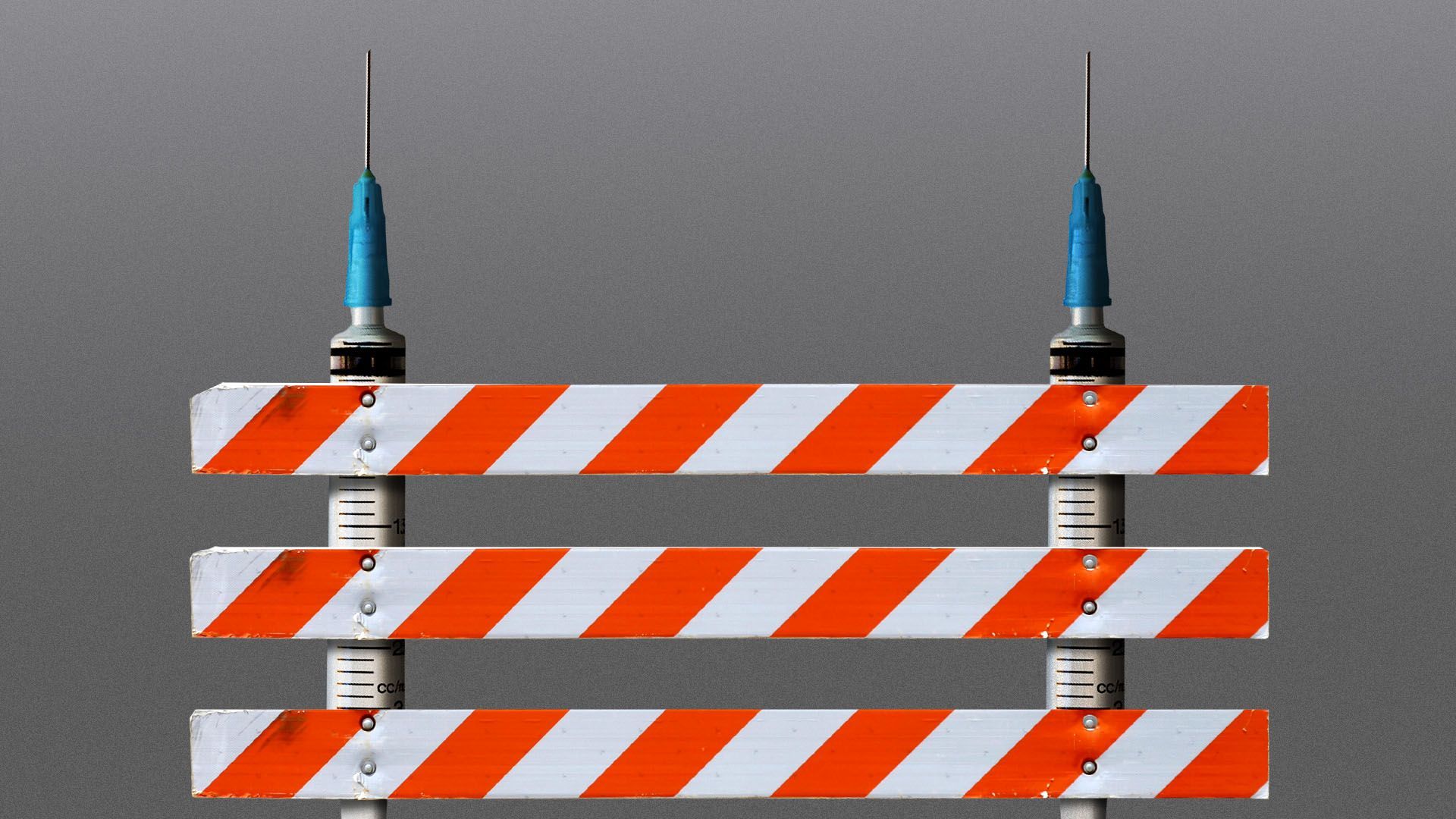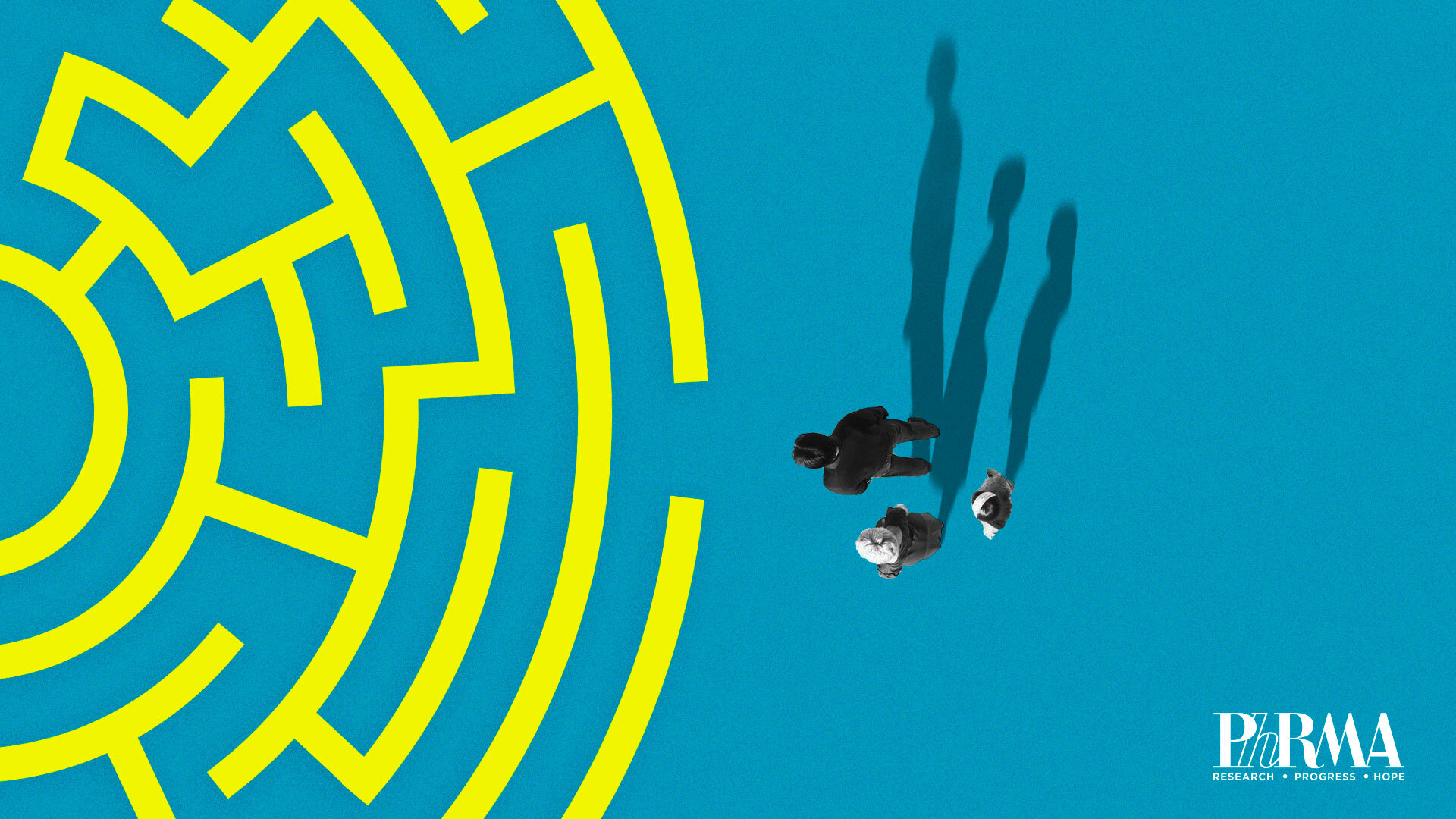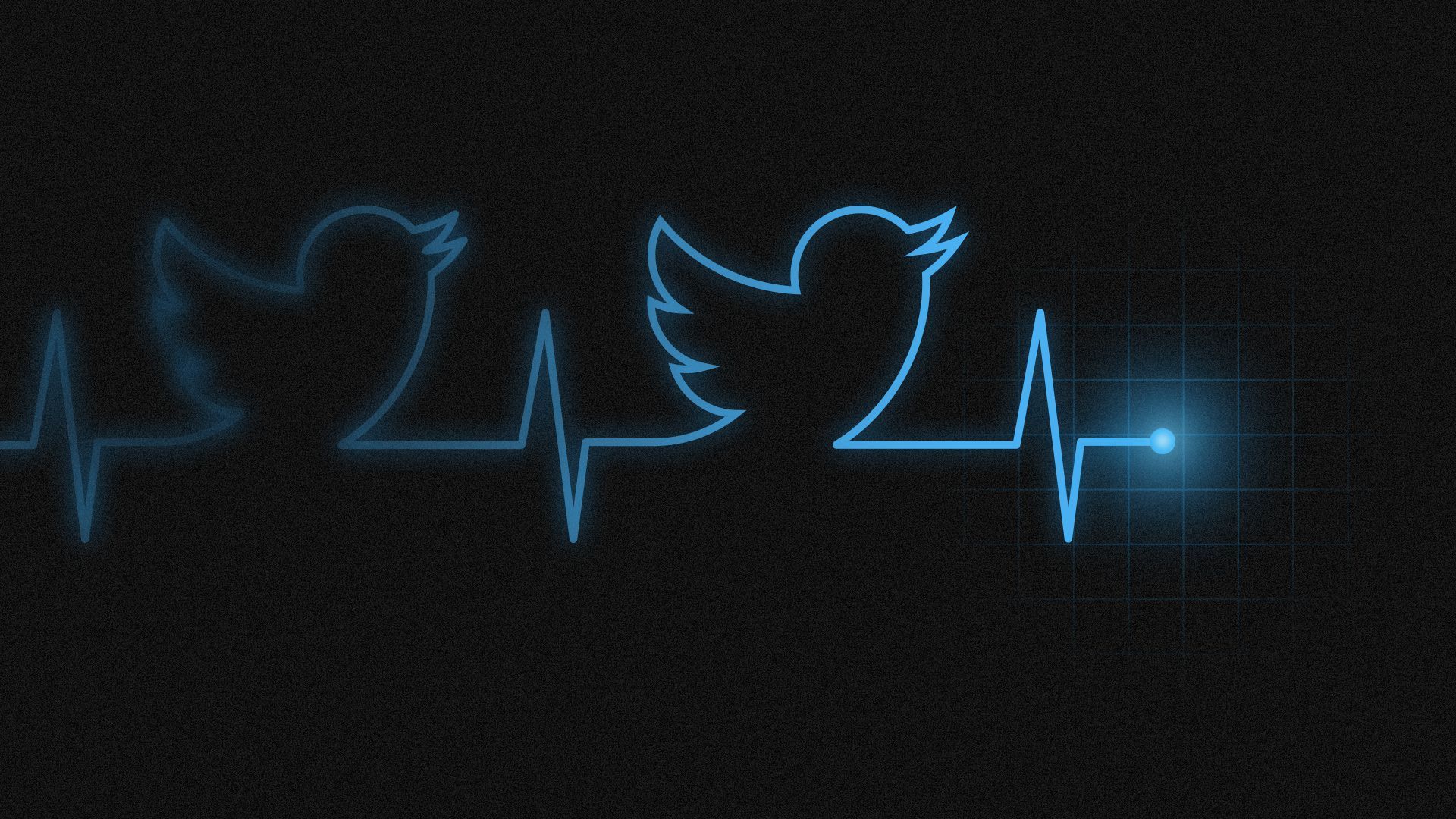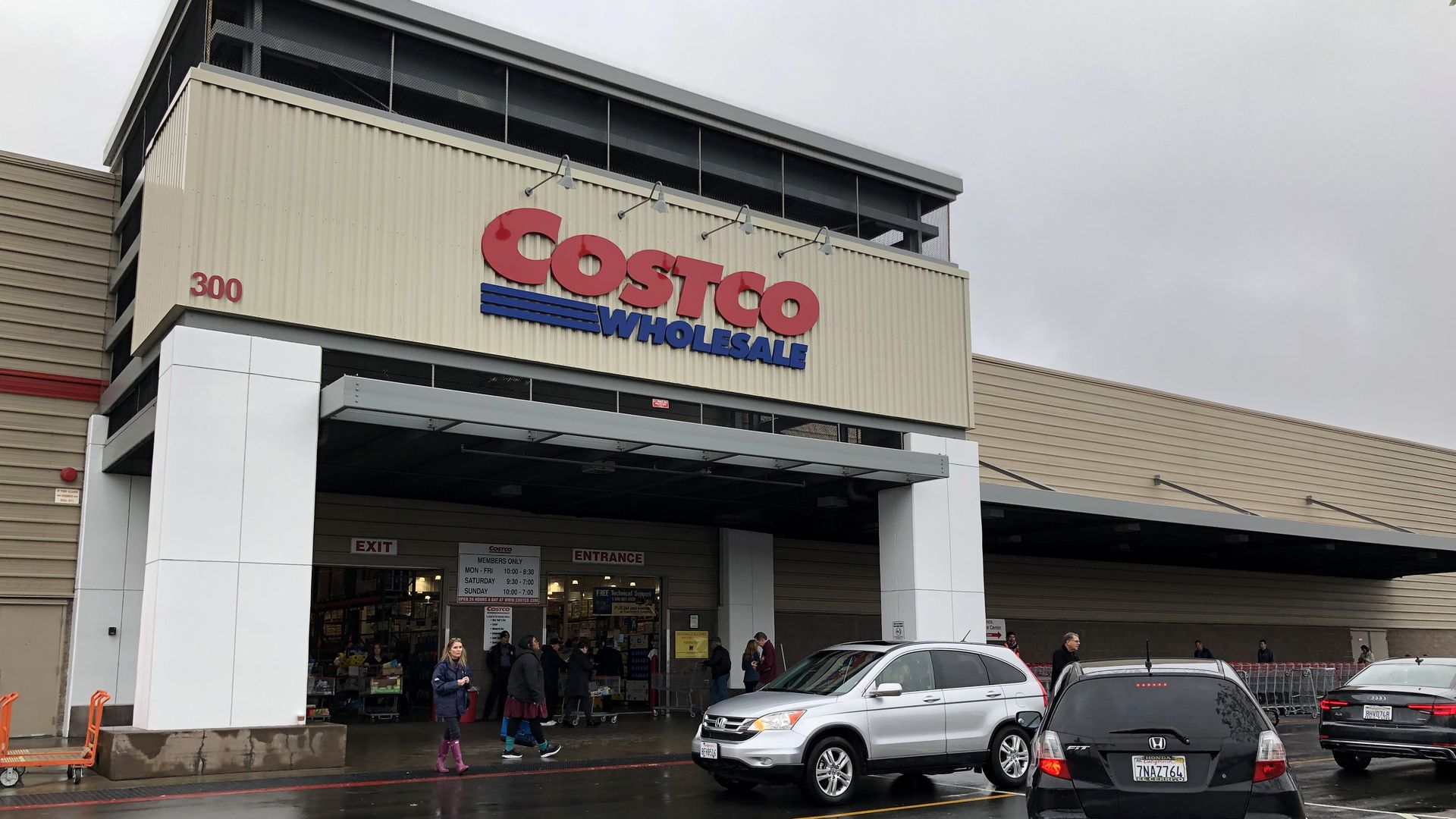| |
| |
| |
| Presented By PhRMA |
| |
| Axios Vitals |
| By Tina Reed ·Jul 07, 2021 |
| Good morning, Vitals readers. Today's newsletter is 756 words, or a 3-minute read. |
| |
| |
| 1 big thing: The remaining roadblocks for U.S. COVID vaccinations |
 |
|
| Illustration: Sarah Grillo/Axios |
| |
| The U.S. appears to be reaching its ceiling on COVID-19 vaccinations, at least among adults. Why it matters: The more transmissible and dangerous variant Delta variant is spreading fast, and experts fear another wave of infections among the unvaccinated. "We've hit the wall in the number of vaccinations in recent weeks," Eric Topol, director and founder of the Scripps Research Translational Institute told Axios. By the numbers: Roughly 67% of American adults have had at least one shot, and 58% are fully vaccinated, CDC data shows. - The U.S. hit its peak in April, when more than 4.4 million doses were distributed in a single day. The nationwide average has fallen to about 500,000 shots per day.
What we're watching: The U.S. will continue to wind down its mass vaccination sites, shifting to more targeted efforts such as distributing vaccines through doctors' offices, President Biden said yesterday. - One of the most at-risk groups are young adults who "feel bulletproof," Cornell virologist John Moore told Axios.
- They need to hear the message that "this bullet could hit you," Moore said.
Topol pointed to two additional groups: those who'd get a vaccine if mandated by their employer and those who've held back on getting vaccinated while it's still under emergency use authorization. Share this story. |
    |
| |
| |
| 2. Hospitals charge the uninsured more |
| Many hospitals charge uninsured patients higher prices than they've negotiated with insurers for the same services, the Wall Street Journal reports. Why it matters: These high cash prices often mean that uninsured patients — who are likely to be low-income — have little to no hope of being able to pay their hospital bills, Axios' Caitlin Owens writes. - These cash prices are also sometimes paid by insured patients who receive out-of-network care.
- The rates were made public only recently as a requirement of new federal price transparency regulations.
What they're saying: Hospitals "don't want to give away too much of a discount because they really want the best discounts to go to these larger volume negotiated insured rates," Will Fox, an actuary with Milliman, told WSJ. - And while hospitals usually offer financial aid, these policies can vary widely and be poorly promoted, per the Journal.
|
    |
| |
| |
| 3. America's drinking habits |
 |
|
| Illustration: Sarah Grillo/Axios |
| |
| Americans responded to the stress of the pandemic by drinking more — a lot more, for some — and there's a risk that those habits could stick, writes Axios' Bryan Walsh. Why it matters: Excessive drinking is connected to a variety of health and social ills, but the growing ubiquity of alcohol in daily life can make cutting back harder than ever. - A survey from late 2020 found 75% of Americans increased their alcohol intake during the pandemic by at least one day per month, while women, in particular, increased their alcohol intake by 39% compared to 2019.
My thought bubble: Cases of alcoholic liver disease at some hospitals around the country — including Mount Sinai Health System and Michigan Medicine — were up at least 50% in 2020, compared with 2019. |
    |
| |
| |
| A message from PhRMA |
| Out-of-pocket costs don't have to be out-of-this-world confusing |
| |
 |
| |
| The way insurance covers your medicine is too complicated. What you pay out of pocket for medicines should be more transparent, more predictable and more affordable. Because the system should work for patients. Not the other way around. Get the facts. |
| |
| |
| 4. Tweet of the day |
 |
|
| Illustration: Aïda Amer/Axios |
| |
| The median income for U.S. physicians was $416,966 last year, according to Modern Healthcare's 28th annual Physician Compensation Survey (subscription). "If that's the median, it's wild to imagine what the upper end looks like. You can tell who those folks are because they own large pleasure boats with names like "Rx Only" and "SS Scalpel." |
    |
| |
| |
| 5. The aging immigrant population |
 |
|
| Illustration: Shoshana Gordon/Axios |
| |
| Health care systems in the U.S. are largely unprepared to deal with aging immigrants, Axios' Marisa Fernandez reports from a new report published in Health Affairs. - The group skews older than U.S.-born adults, the study warns, and many of these aging immigrants aren't eligible for Medicare or Medicaid.
|
    |
| |
| |
| 6. Costco could've saved Medicare billions |
 |
|
| Photo: Justin Sullivan via Getty Images |
| |
| Costco's known for its deals. In fact, the big box wholesaler could have saved Medicare $2.6 billion in generic drug spending, CNN reports. Driving the news: Medicare spends billions more than Costco for the same generic drugs, researchers wrote in a research letter published in the JAMA Internal Medicine on Tuesday. - "We chose Costco as a comparison because it is an example of a system where the incentives are set up to deliver value on total cost, much like paper towels," one of the researchers, Erin Trish, told CNN.
|
    |
| |
| |
| A message from PhRMA |
| Out-of-pocket costs don't have to be out-of-this-world confusing |
| |
 |
| |
| The way insurance covers your medicine is too complicated. What you pay out of pocket for medicines should be more transparent, more predictable and more affordable. Because the system should work for patients. Not the other way around. Get the facts. |
| |
 | | It'll help you deliver employee communications more effectively. | | |









No comments:
Post a Comment